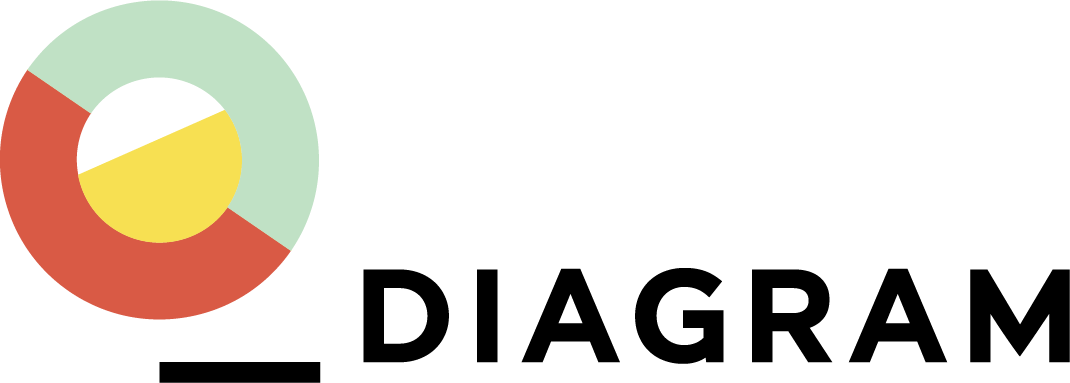DIAGRAM’s mission is to design for change in healthcare.
CORE BELIEFS
Healthcare is a human right.
Research is the cornerstone of healthcare. If we want to reduce inequities in care we must reduce the inequities in research. Diagram uses safe, inclusive, and participatory research methods that amplify the unheard voices in healthcare.
Healthcare needs design.
Integrating design in healthcare leverages expert skills in collaboration, creativity, empathy, and communication. In order to make healthcare better, design methods must be leveraged, and design thinking must be applied early and consistently.
THE HEALTHCARE RESEARCH TO PRACTICE GAP
17
Average number of years it takes for research to reach practice
Imagine waiting 6,205 days for a program that helps lower your blood pressure.
14
Percentage of research outputs that actually reach a patient
86% of research completed never even gets seen by a patient.
18
Percentage of administrators and practitioners report using evidence-based practice frequently
Gaps include adoption challenges, training access and implementation limitations.
Diagram’s participatory design and inclusive approaches bridge the gap between healthcare research and real-world practice. When involving patients, providers, and caregivers in the process, a collective wisdom emerges, one that reflects a deep understanding of diverse perspectives and needs.

Our methods empower individuals and communities to become co-creators, allowing for the contribution of unique insights, experiences and values. These methods, work to dismantle traditional hierarchies and enable the design of healthcare products and services that move beyond one-size-fits-all approaches to more innovative, accessible and equitable solutions that positively impact individuals and communities.







